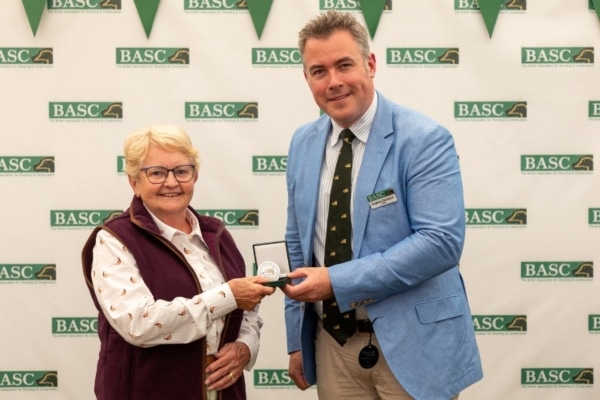
Celebrating the great and the good
Every year, BASC presents a number of prestigious honours and awards, celebrating those who go the extra mile for the benefit of shooting and conservation.
Get information on the legal shooting season for mammals and birds in the UK.
Apply for funding for your project or make a donation today
Comprehensive information and advice from our specialist firearms team.
Everything you need to know about shotgun, rifle and airgun ammunition.
Find our up-to-date information, advice and links to government resources.
Everything you need to know on firearms law and licensing.
All the latest news and advice on general licences and how they affect you.
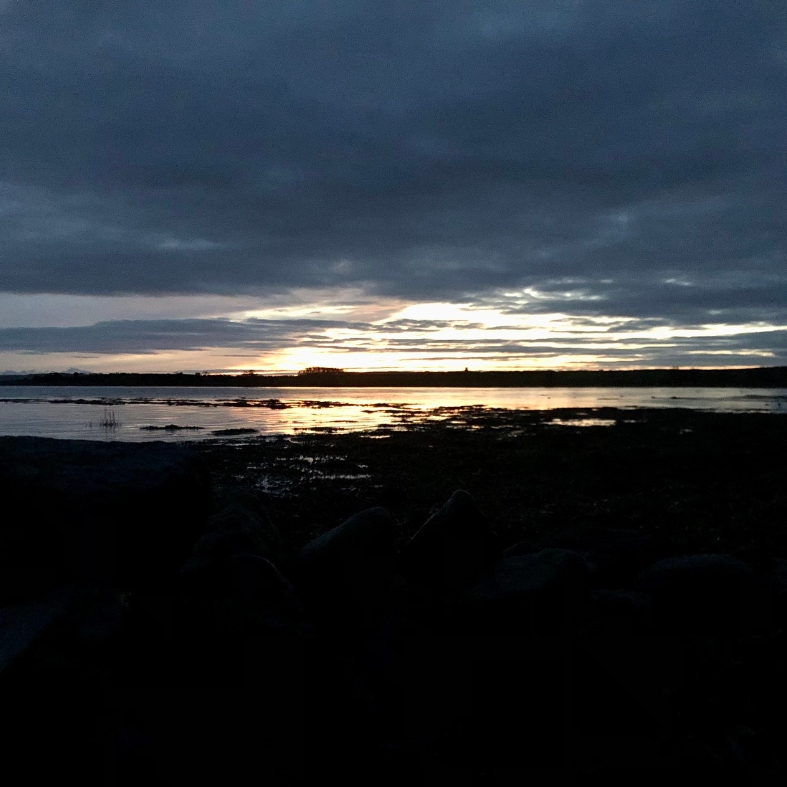

As the season draws to its close, BASC’s Mal Greenleaf reflects on why the natural world is best seen through the early morning eyes of a wildfowler.
At the end of a busy day helping members with their shooting related queries, I often find myself reflecting on past experiences and memories of magical moments whilst out in the field.
However many times I see a glorious sunrise accompanied by a dawn chorus, or an eerie sunset pierced by the silhouette of an owl silently gliding past, the awe of our natural environment never ceases to amaze me.
I then realise it’s been far too long since I’ve been out doing what I truly love – wildfowling. And with the closed season rapidly approaching, I really need to get out on the marshlands.
You can’t just turn up. I mean you can, but the chances of success are low. There are good numbers of duck around at this time of year, and luckily for me I get to regularly drive past my local grounds. But duck being in the area alone is not enough.
Timing the tides is vital so I want to find a day where the high tide is coinciding with dawn or dusk – the rising tide will push the duck off the river, and if I can combine this with a good strong wind, which will get them flying lower, I could be in for a great flight. As if it were fate, tomorrow morning’s high tide coincides with first light, and with a good wind forecast, it’s time to book my permit.
Like an excited child I quickly run through my check list – cartridges, gun, waders, calls, decoys, all present and correct. So after putting my own children to bed, it’s time for bed myself as it’s an early start.
The alarm goes off and the snooze button is tempting me, but luckily my bladder kicks in so I have to get up anyway. I sneak downstairs, make a flask of coffee and beckon ‘Lady’, my trusty English Springer.
It’s a delightful minus four degrees out, and the truck needs defrosting. I take the opportunity to double check I have everything. When you’ve not been awake long, and have numerous memories of all the times you’ve forgotten something, doubt soon kicks in. But as I pull away on this serene morning with the radio on low, the excitement kicks in.
I am fortunate to live very close to a lot of marshlands, and 10 minutes later I arrive at the farm gate, beautifully glistening with ice under the star lit sky. My heart sinks – what if the lock’s frozen? Have I got anything to defrost it with? Luckily the numbers spin, and the gate swings open.
A short walk along the seawall and I pick my position – there’s two “hot spots” on this particular marsh, I pick the western side knowing there’s a good flightline which follows the creek. I made it, still dark, gun loaded, laying down in a frozen muddy gutter. The only thing missing is the wind that was forecast.
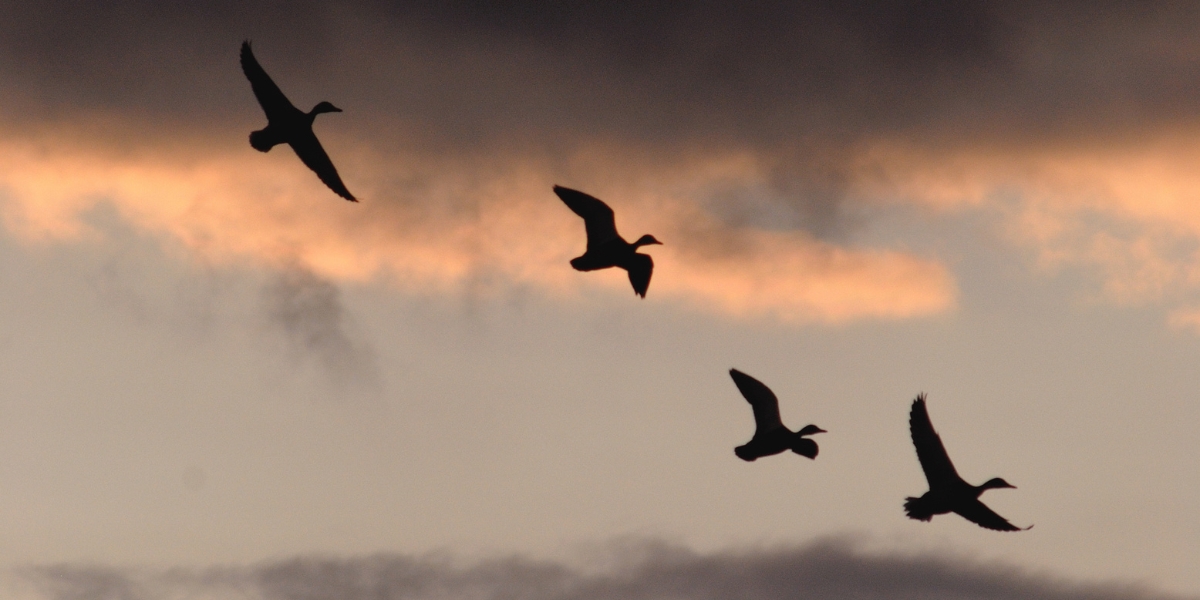
About 20 minutes pass and I hear the distant echo of a lone mallard call swiftly followed by multiple wigeon whistles, the dog’s tail starts to wag. Shortly after, I see a silhouette in the distance, definitely a pair of duck. They get closer and I can tell they are mallard, I give a little call and they turn towards me. I wait as long as I dare, sit up and take a shot at the lead bird and miss. I swing through fire again and there’s an almighty splash.
I send Lady, who didn’t see the bird drop, and she runs off in totally the wrong direction. I get up out of the gutter and direct her onto the bird. At this point I’m very happy with one in the bag but, in the distance, on the horizon, I can see vast numbers of birds lifting in the blaze orange sliver of light just appearing.
There must have been nearly 100 wigeon flighting in small bunches, and you guessed it, they’re on the Eastern edge, the other “hot spot”. I called and called but they were committed to their path.

A few minutes later I spot a large group coming my way and I give a couple of whistles and get ready. As they approach, I can tell they are too high. But how high? I have no idea. Range judging on the marsh in half light is an instinct. After nearly thirty years of wildfowling, I would describe it as how big the bird looks, rather than how far away it is, but I know for sure they’re not in range.
Just as I’m about to relax, I notice a lone bird out of the corner of my eye, following the group but much lower. In a split second I decide it’s definitely a wigeon and take my shot. With a reassuring thud on the frosty samphire, the bird lands a few yards behind me.
Teal now join the wigeon as they continue to swarm over the other “hot spot” which makes me start to plan another trip soon in my head. I’m just trying to pick out where the best spot to nestle in to get under them would be and several teal come speeding past.
I refocus on this morning’s flight and spot the reflection of two small birds racing up the channel. I glance up and take the lead bird, and as I look for the second, (which, I know has rocketed up towards the heavens) the teal I’ve just shot lands in front of me, almost hitting poor Lady on the head.
The birds are still moving in the distance, the sun is now well and truly risen, and the drone of people commuting to work has replaced the curlews, oyster catchers, gulls and crows that have all got up a little later than the ducks.
I decide the three in the bag is plenty for me today, and pour myself a coffee, sit on the sea wall, and watch the last of the flight, content in the beautiful natural environment that never ceases to amaze.


Every year, BASC presents a number of prestigious honours and awards, celebrating those who go the extra mile for the benefit of shooting and conservation.
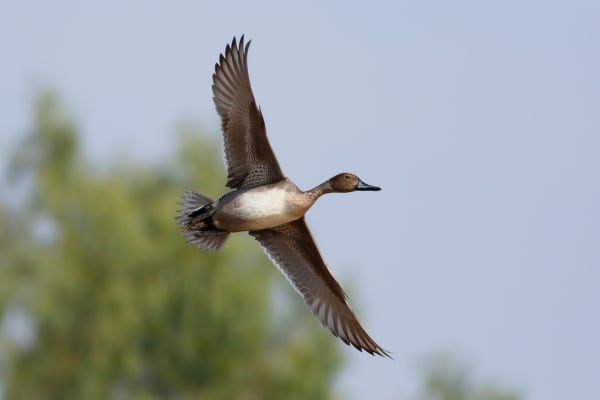
Migratory species, by definition, cross international borders, presenting challenges to policy makers and conservation groups, says BASC’s Dr Alex Murray.
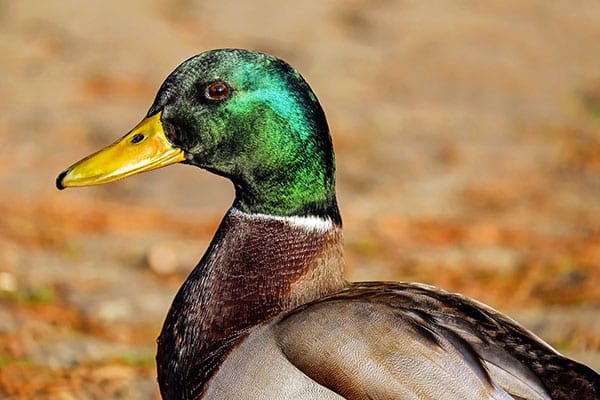
BASC have called for a voluntary restraint of the shooting of wildfowl from the 6th January.